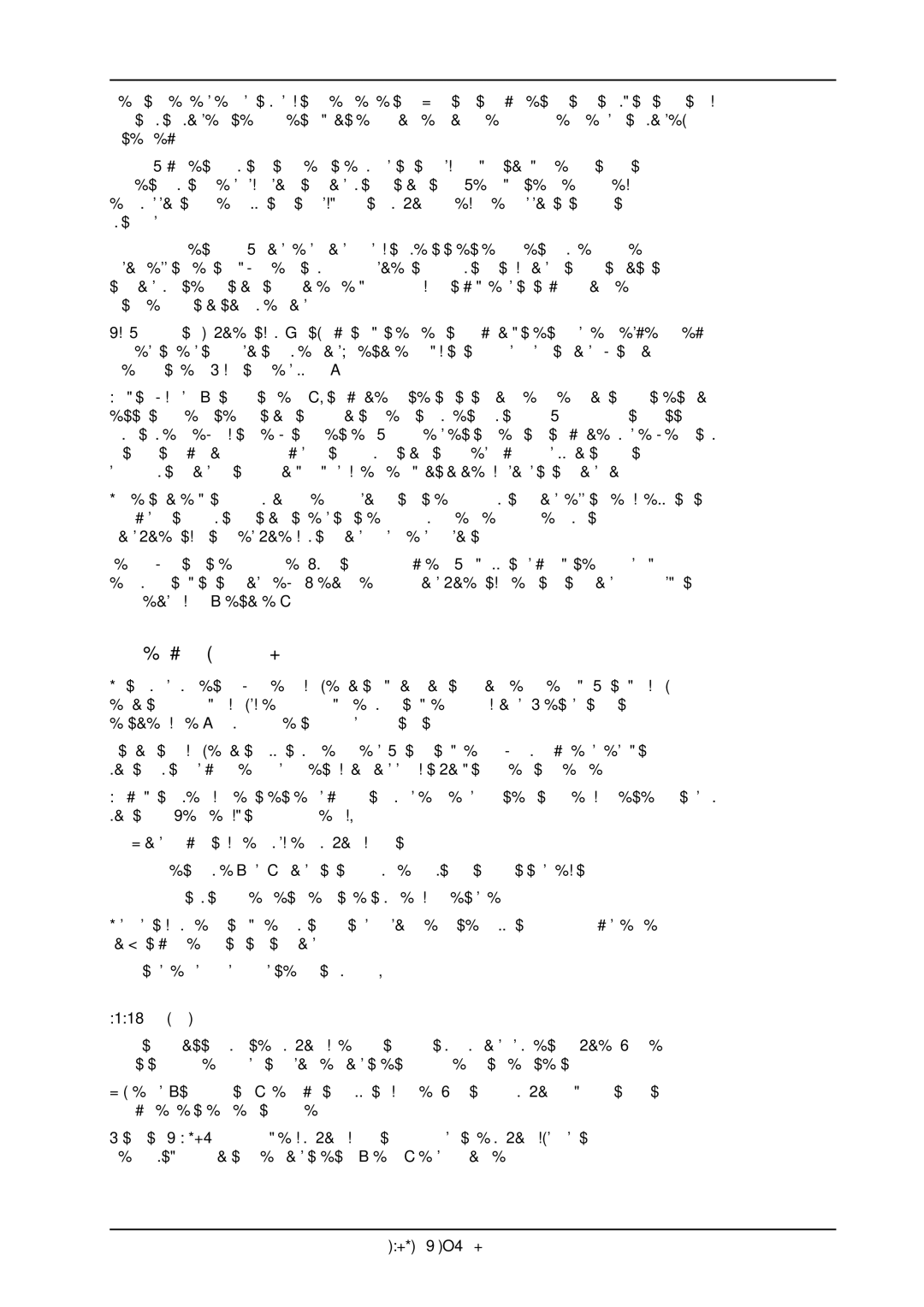
DUALFEX PRO EX2200
reach the ear and are identified by the brain as a tone. Since the string vibrates within itself, the tone not only consists of the fundamental oscillation, but also innumerable upper harmonics which are based on the funda- mental wave.
The complex vibrations of the string are transferred to the body which, in turn, is also set in motion. The combination of string and body produces the sound of the instrument. For example, certain harmonics may be amplified due to resonance effects in the body, while other frequencies may be canceled due to the properties of the wood.
This phenomenon creates complex sounds and is underlined by the fact that a combination of harmonics can produce additional tones, known as interference or residual tones. All of these tiny sound portions contribute to the sound of certain instruments. The human ear, which is highly sensitive, can detect even minimum changes in the harmonic structure of a sound.
By experiencing the CD quality of 18
Here, the keyword is “intelligent hearing”: the visual contact with the musicians enables us to concentrate our attention on a certain instrument which results in an intensification of the sonic experience. The listener sitting in front of a speaker system lacks this spatial experience and at the same time the visual feedback aspect of listening to live music. The perceived positioning of instruments is made even more difficult since the dispersion of the sound is not homogeneous, i.e., widely panoramic, but usually reduced to two sound sources.
In particular, the loss of upper harmonics during the transmission of the sound additionally affects the perceived positioning of the instruments and the transmission of room ambiance. The reason for this loss in sound quality is the inadequacy of the sound recording and reproduction processes.
Each link in the transmission
3.3 On Psycho-Acoustic Devices
In the field of what is known as
Although the
However, it is fairly clear that all devices in this field are based on certain technically repeatable methods of functioning. Basically, three principles apply:
sSound improvement by means of dynamic frequency correction.
sThe generation of a “wider” sound with the help of phase shifting with respect to delay times.
sThe enrichment of the program material with artificially generated harmonics.
Independently of each other, each of these methods produces a certain effect which is perceived as a subjective enhancement within the sound.
These methods are described in more detail in the following:
3.3.1 Frequency Correction
The boosting or cutting of certain frequency ranges is the simplest form of sound modification. Equalizers can correct the sonic image in order to produce a sound that is more pleasing to each taste.
Within the BEHRINGER DUALFEX PRO, any frequency correction is combined with a
3. TECHNICAL BACKGROUND | 13 |
